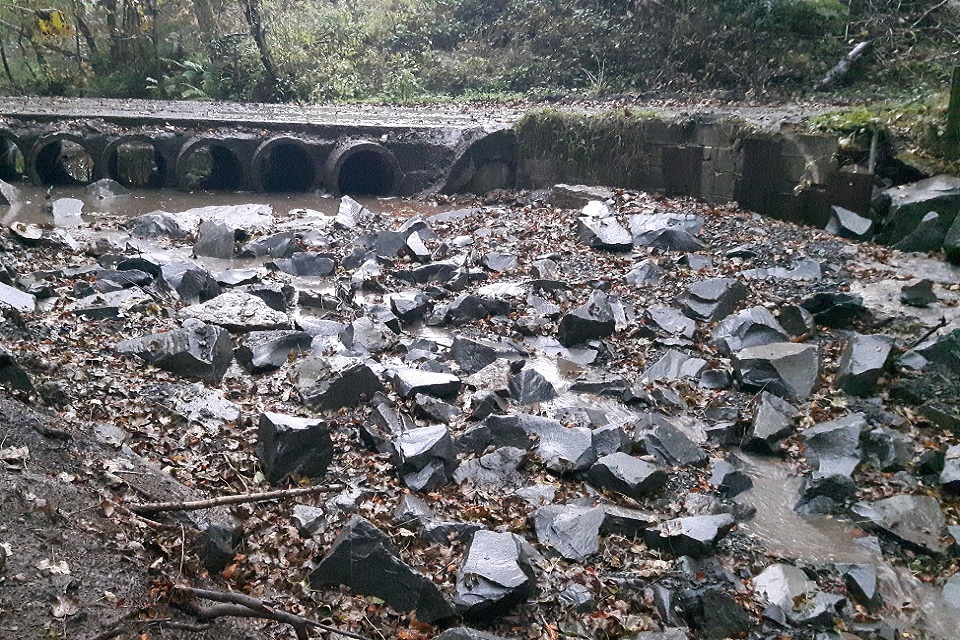Press release: Pupils design new Flood Warden logo
Hundreds of creative youngsters across the north east have completed designs in a competition to produce a new Flood Warden logo.
The Environment Agency’s four community engagement officers– appointed to help north east communities be more flood resilient – have visited schools in the region to launch the competition.
They’ve received designs from more than 300 children, which will be looked at by an Environment Agency judging panel at the end of the month.
The winning design will be printed onto all Flood Warden jackets across the region.
Flood Wardens are community volunteers who support their communities during flooding incidents – including activating a community’s flood action plan, ensuring the most vulnerable in their community are safe and working closely with the Environment Agency.
The winning youngster will also be presented with their own flood warden jacket as a thank you for their help.
Taryn Al-Mashgari, Community Engagement Officer who covers the Tyne and Wear area, said:
Community Engagement Officers are working closely with schools to educate children about what it means to be flood resilient and to help them understand the impact of flooding, ensuring our messages have a long-term impact for future generations.
We’ve talked to them about the importance of Flood Wardens and what they do and it’s been fun for the children to come up with a new design.
The winning logo will be worn by wardens right across the north east so it’s an important job for these youngsters!
The four new community engagement officers are funded by the Northumbria Regional Flood and Coastal Committee (NRFCC).
Emma Craig works in Northumberland, Taryn in Tyne and Wear, Anna Caygill in Durham and Darlington, and Sarah Pearce in Cleveland.
Their work includes helping businesses and residents to understand their risk of flooding and ensuring those in flood risk areas are signed up to receive free flood warnings.
They’re also helping communities prepare themselves for flooding, such as supporting them to develop community flood plans and recruit volunteer Flood Wardens in at risk communities.
